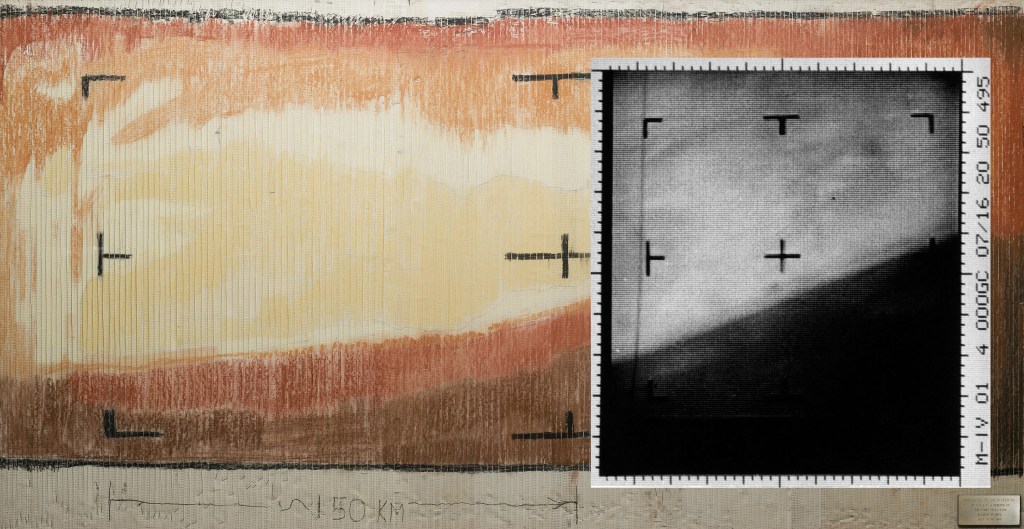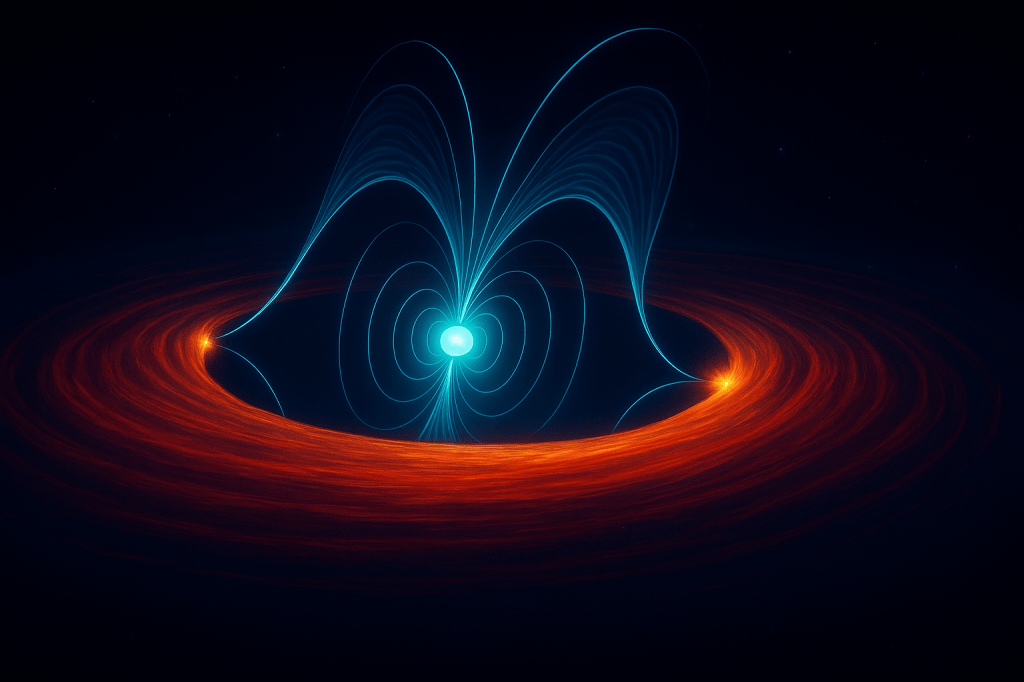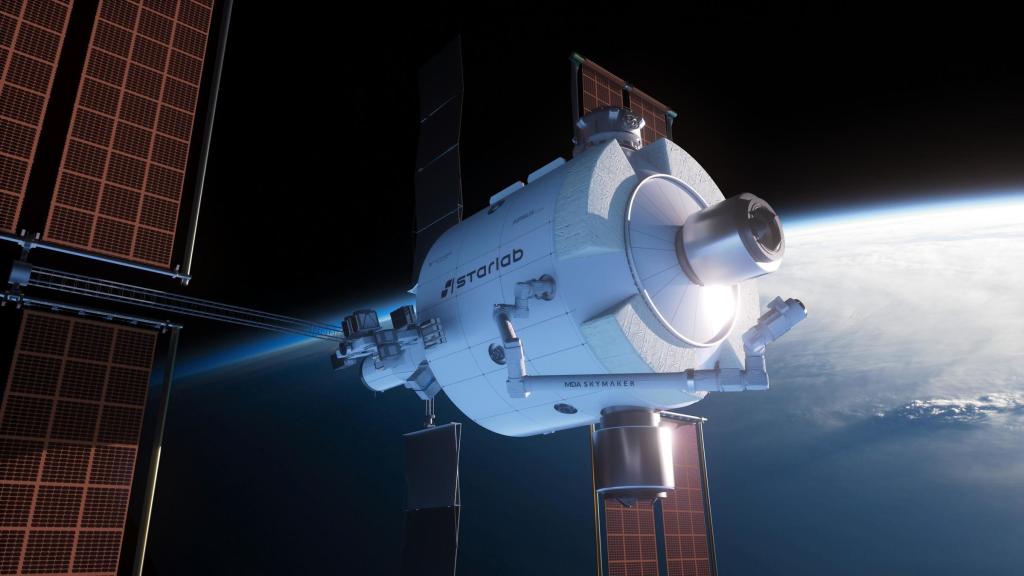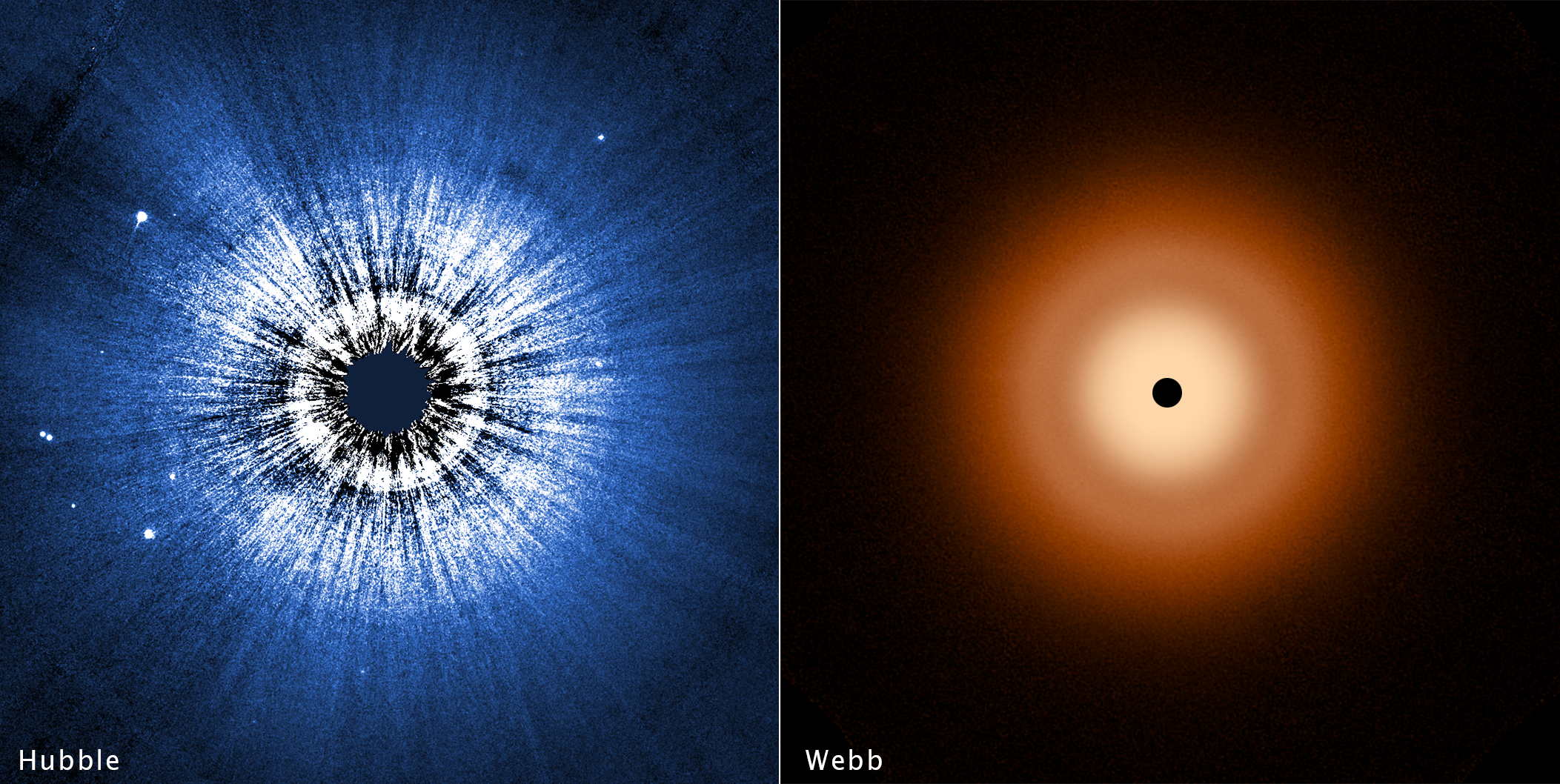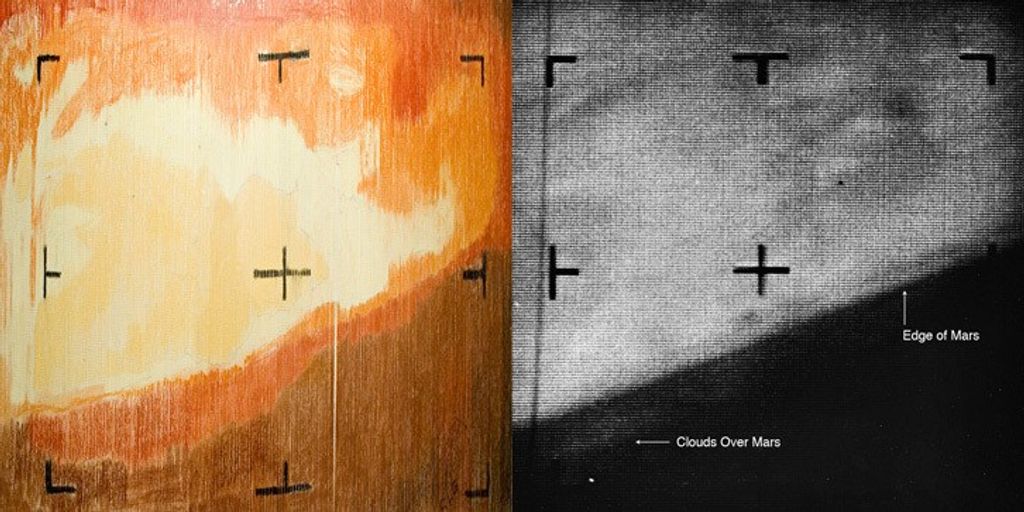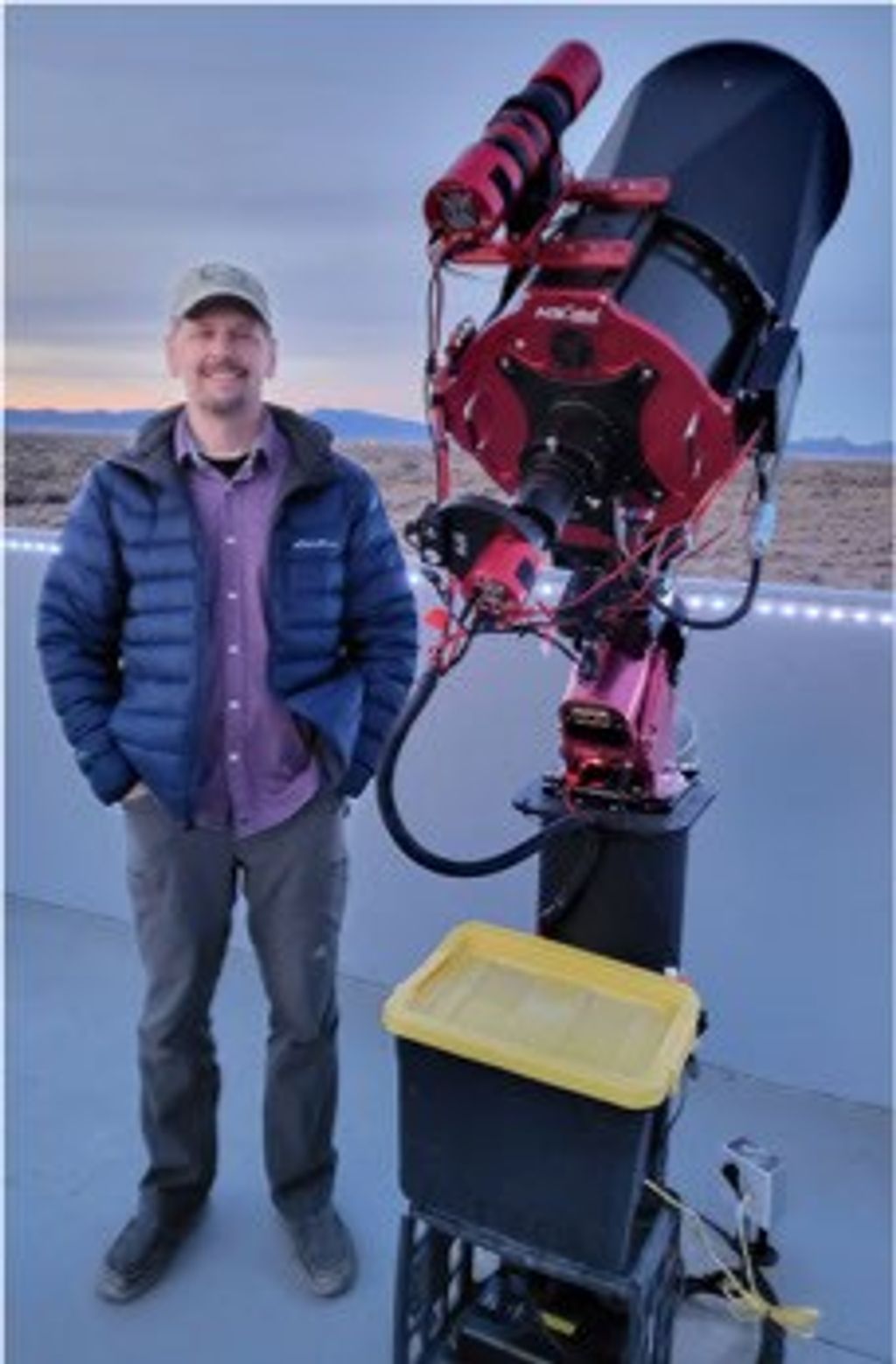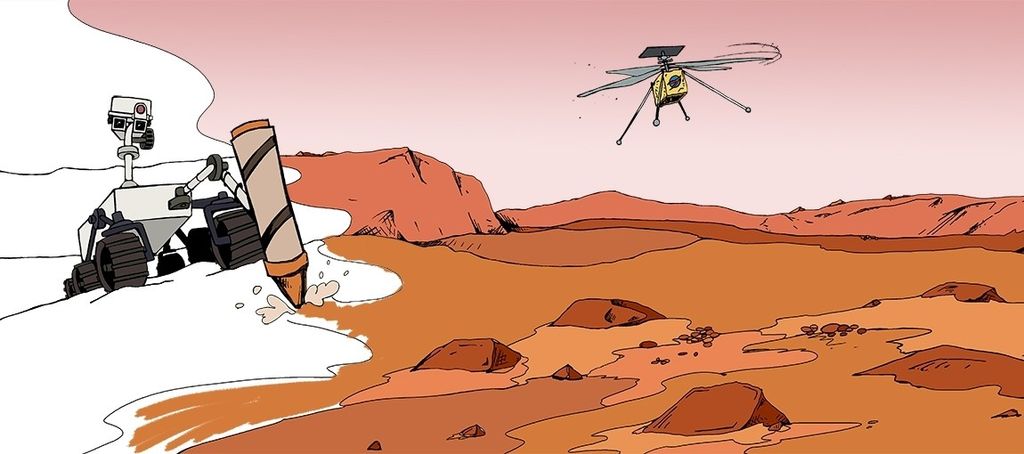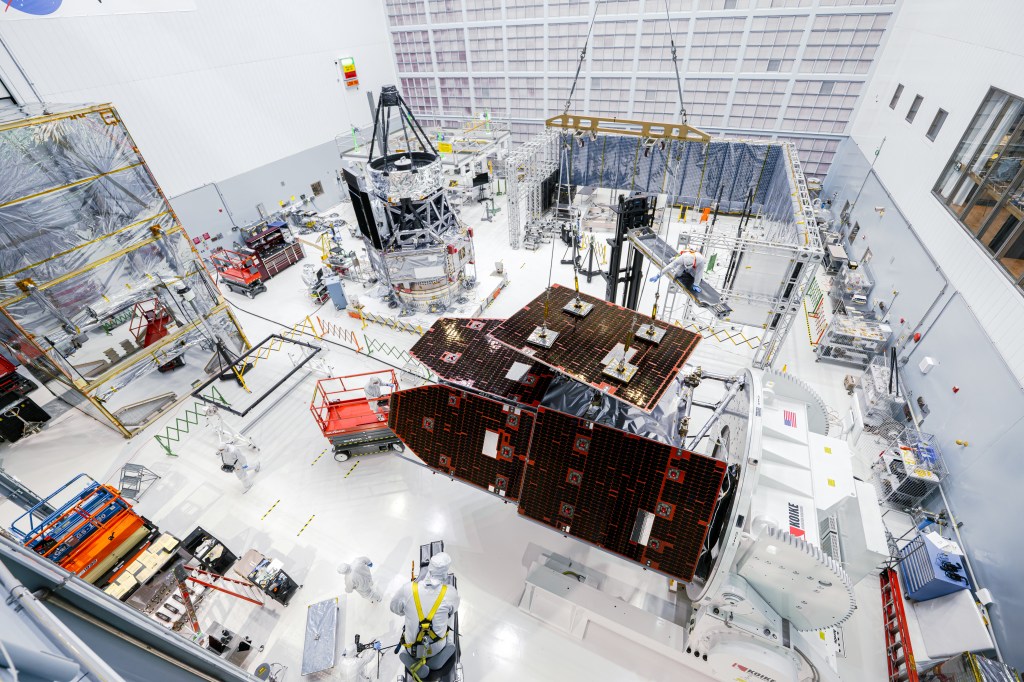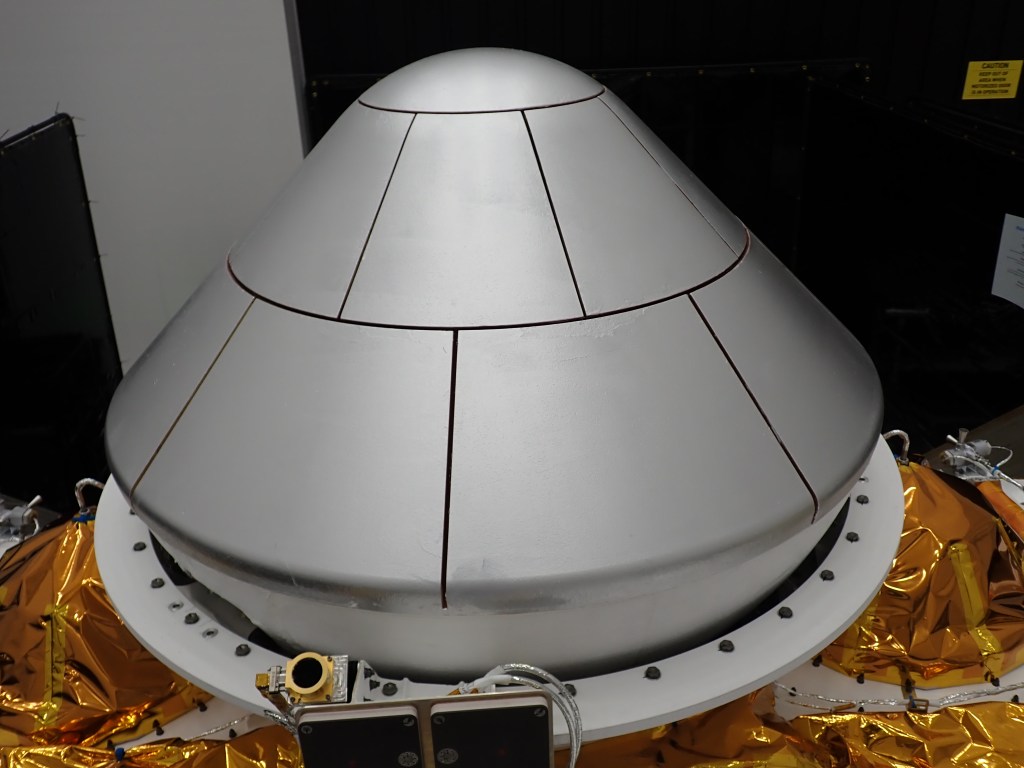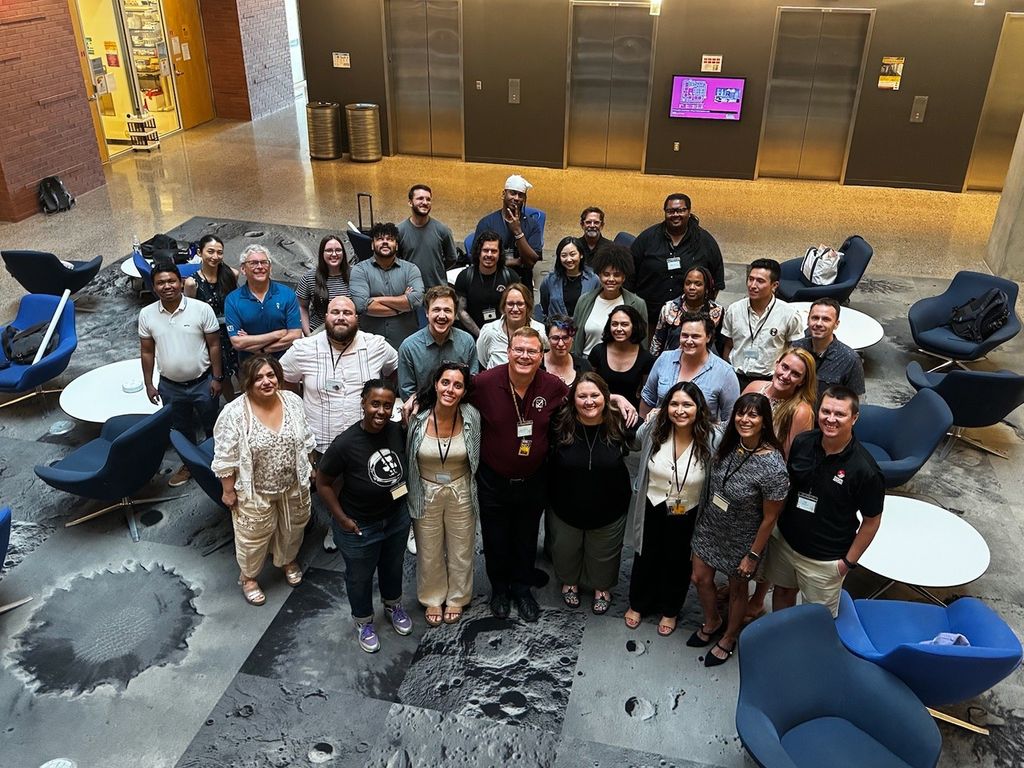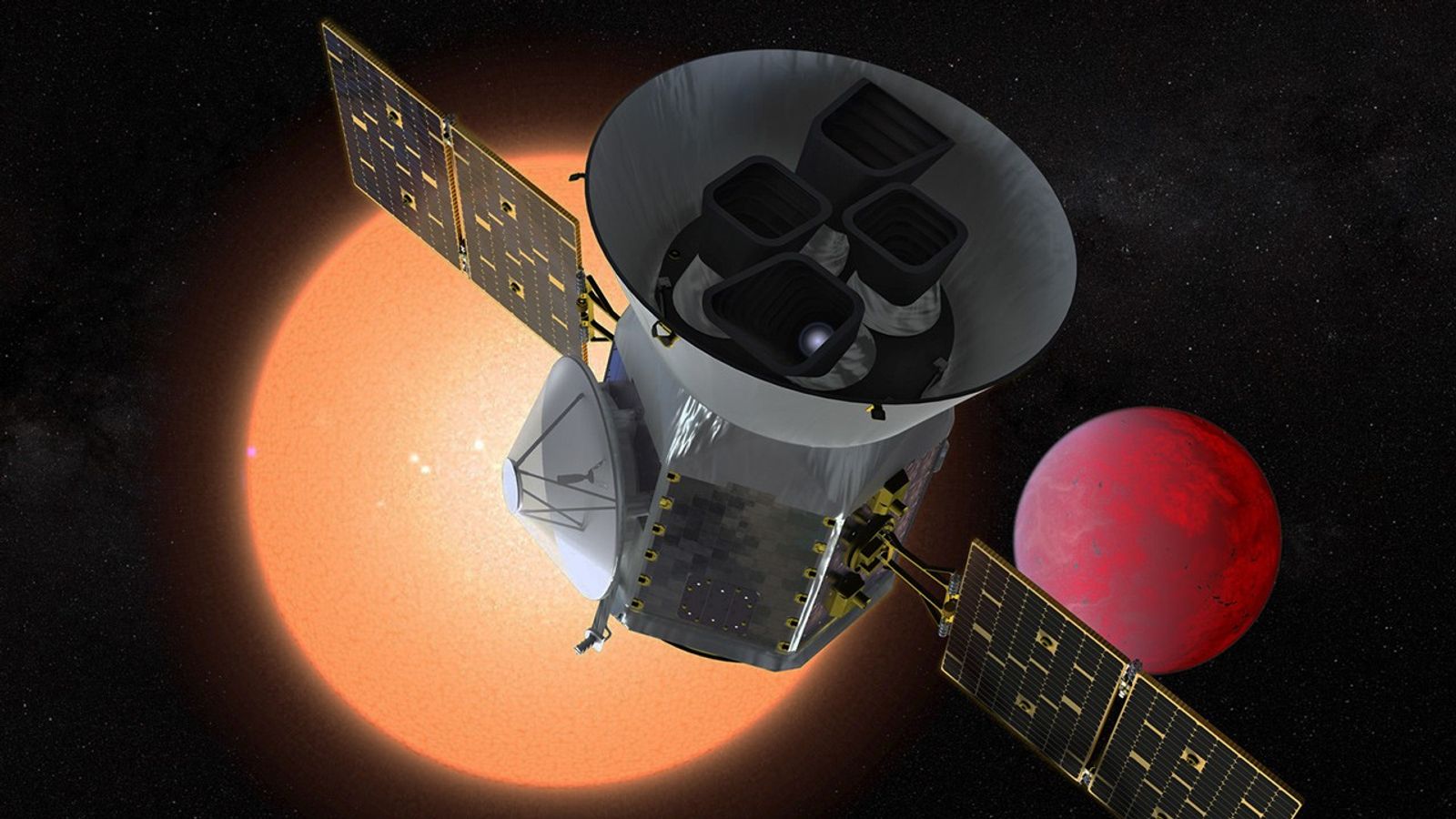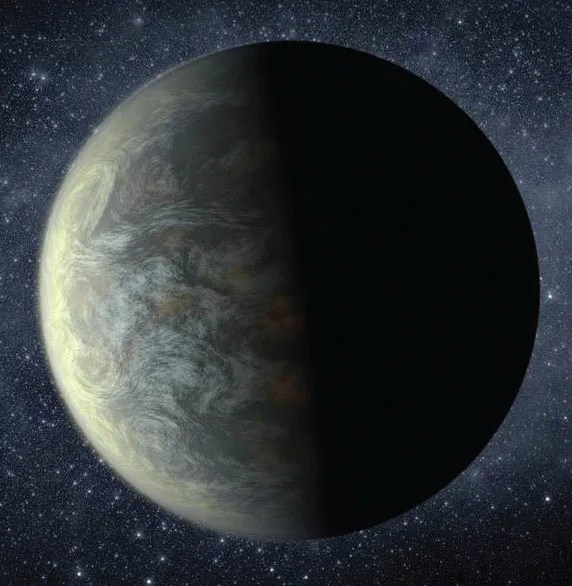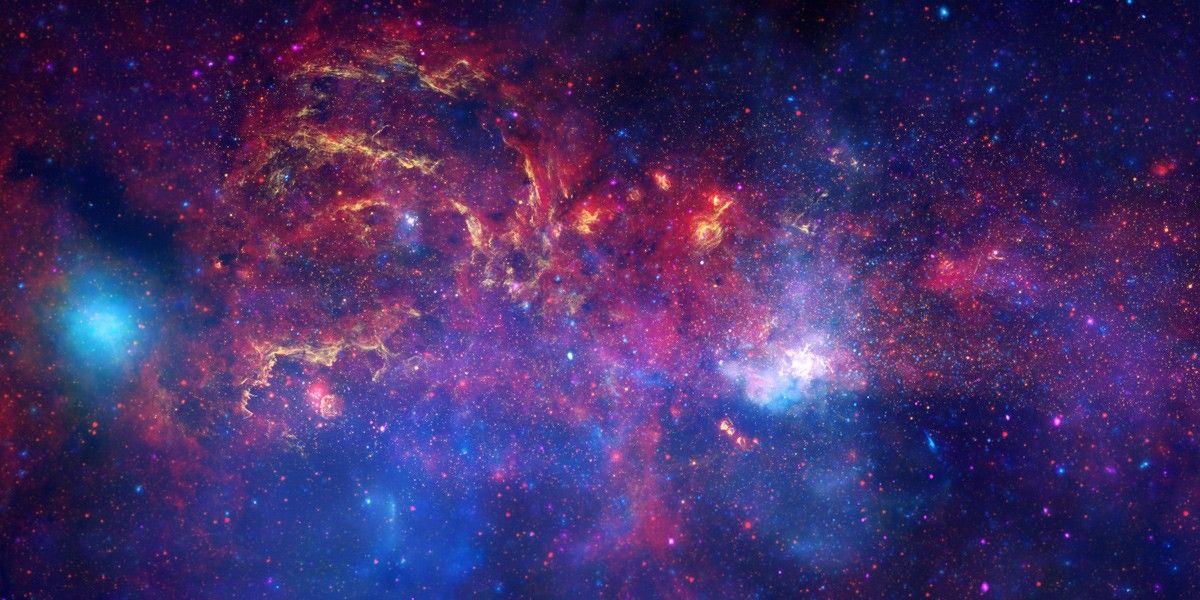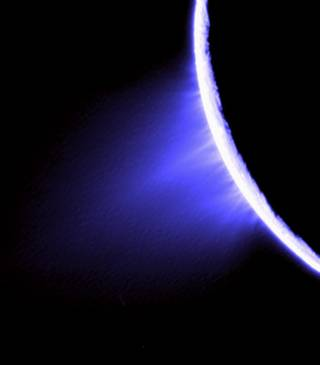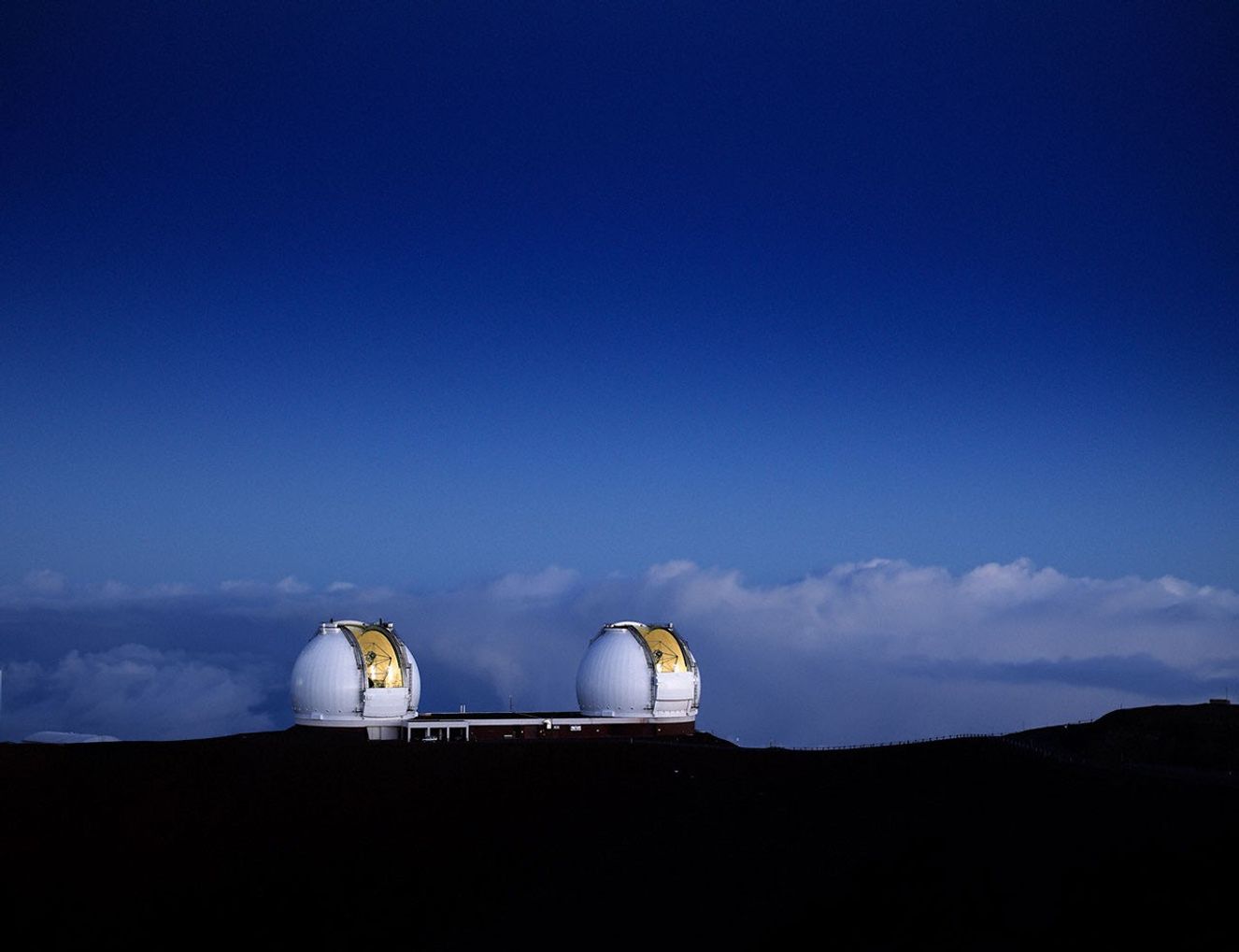Exoplanet Projects and Instruments
- NN-EXPLORE is a partnership between NASA and the National Science Foundation to provide the astronomy community with the tools and access to conduct ground-based observations that advance exoplanet science, with particular emphasis on Kepler, K2, and TESS follow-up observations, as well as observations that inform future NASA missions. More about NN-EXPLORE
Former ExEP Projects and Instruments
- K2 The loss of a second of the four reaction wheels on board the Kepler spacecraft in May 2013 brought an end to Kepler's four plus year science mission to continuously monitor more than 150,000 stars to search for transiting exoplanets. The K2 mission represented a new concept for spacecraft operations that enabled continued scientific observations with the Kepler space telescope. K2 became fully operational in June 2014 and ended space operations in 2018. The Project successfully completed data processing and closeout in September 2020. Visit the K2 mission site
- Kepler After nine years in deep space collecting data that revealed our night sky to be filled with billions of hidden planets – more planets even than stars – NASA’s Kepler space telescope ran out of fuel needed for further science operations. In 2018, NASA retired the spacecraft within its current, safe orbit, away from Earth. Kepler leaves a legacy of more than 2,600 planet discoveries from outside our solar system, many of which could be promising places for life. Visit NASA's Kepler website
- Spitzer Space Telescope Designed to observe objects in the infrared spectrum, Spitzer has proven to be a revolutionary tool in the characterization of exoplanets. The mission was the first instrument to directly detect light from an exoplanet, and its data has revealed the composition, temperature, and even likely wind patterns on faraway exoplanets. Decommissioned in 2020, it was one of NASA's four "Great Observatories," and like Kepler/K2 its data continues fueling discoveries after its end of mission. Visit the Spitzer website
- LBTI The Large Binocular Telescope Interferometer (LBTI) is a NASA-funded instrument that combines the light from the twin telescope mirrors to make high-resolution measurements of stars and galaxies and measure the emission from dust orbiting nearby stars. View the LBTI website
Other NASA Missions
- James Webb Space Telescope The James Webb Space Telescope (sometimes called Webb or JWST) is a large infrared telescope with a 6.5-meter primary mirror that launched Dec. 25, 2021. View the Webb telescope website
- TESS The Transiting Exoplanet Survey Satellite (TESS) is searching for the most promising exoplanet targets for next-generation studies. Visit the TESS website
- Hubble Space Telescope Hubble's high-powered optics have produced some of the most breathtaking images ever taken of the cosmos - and have also managed to snap pictures of exoplanets. One of the first directly-imaged exoplanets, Fomalhaut b, was discovered in images taken by Hubble. Astronomers continue to study images Hubble has taken over the years for exoplanet cameos that were previously undetected. Visit the Hubble website
- Roman Space Telescope The Nance Grace Roman Space Telescope (formerly known as WFIRST, or the Wide Field InfraRed Survey Telescope) is a NASA observatory designed to settle essential questions in the areas of dark energy, exoplanets, and infrared astrophysics. Visit NASA's Roman Space Telescope website
Exoplanet Projects and Instruments
Past, present, and future, all looking for other worlds beyond our solar system — with nearly 6,000 confirmed so far, and counting...

About EXCITE EXCITE plans to study hot Jupiters, gas giant exoplanets that complete an orbit once every one to two days and have temperatures in the thousands of degrees. The worlds are tidally locked, which means the same side always…

Since its 1990 launch, the Hubble Space Telescope has changed our fundamental understanding of the universe.

Space Telescope

The Kepler space telescope was NASA’s first planet-hunting mission, assigned to search a portion of the Milky Way galaxy for Earth-sized planets orbiting stars outside our solar system. During nine years in deep space Kepler, and its second act, the…

The Nancy Grace Roman Space Telescope will settle essential questions in the areas of dark energy, exoplanets, and astrophysics.

Spitzer uses an ultra-sensitive infrared telescope to study asteroids, comets, planets and distant galaxies.

NASA’s TESS discovers exoplanets, worlds beyond our solar system. In the course of its extended observations of the sky, TESS also finds and monitors all types of objects that change in brightness, from nearby asteroids to pulsating stars and distant…
Managed by the Exoplanet Exploration Program and the Jet Propulsion Laboratory for NASA’s Astrophysics Division



